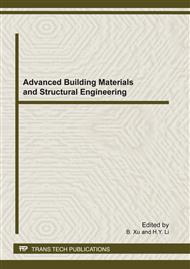p.224
p.228
p.232
p.237
p.241
p.246
p.250
p.255
p.259
Single-Primary-Winding Voltage-Fed Double-Input Push-Pull Converter
Abstract:
Multi-input push-pull converter with multiple-primary-winding is suitable in low and medium-power applications. However, with the increase of input sources, the number of the primary windings and switches increases as well. Based on Pulsating Voltage Source Cells (PVSCs) combination principle, this paper replaces the input voltage source of the single-input push-pull converter with the series or parallel-connected non-isolated pulsating voltage source cells (PVSCs). Thus a family of single-primary-winding (SPW) voltage-fed multi-input push-pull converters can be proposed. Compared with traditional multi-input converters, they have a form of single-Primary-Winding, and therefore we could greatly reduce the size and cost. Since the configuration of a double-input Buck dc/dc converter is very simple, it is chosen as an example in this paper to analysis this MIC. The operation principle and control strategy are illustrated. Finally, simulation and experimental results are presented to verify the correctness of theoretical analysis
Info:
Periodical:
Pages:
241-245
Citation:
Online since:
February 2012
Price:
Сopyright:
© 2012 Trans Tech Publications Ltd. All Rights Reserved
Share:
Citation:


